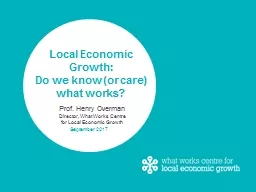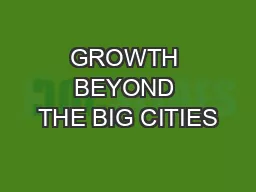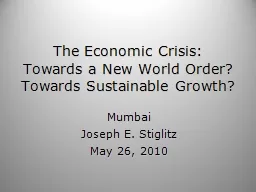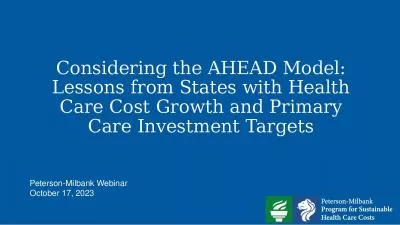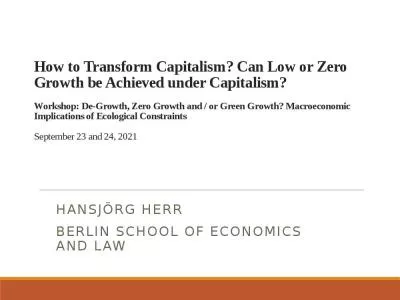PPT-Local Economic Growth: Do we know (or care) what works
Author : trish-goza | Published Date : 2018-03-07
September 2017 Prof Henry Overman Director What Works Centre for Local Economic Growth I am not a development expert Experience of working with UK government
Presentation Embed Code
Download Presentation
Download Presentation The PPT/PDF document "Local Economic Growth: Do we know (or c..." is the property of its rightful owner. Permission is granted to download and print the materials on this website for personal, non-commercial use only, and to display it on your personal computer provided you do not modify the materials and that you retain all copyright notices contained in the materials. By downloading content from our website, you accept the terms of this agreement.
Local Economic Growth: Do we know (or care) what works: Transcript
Download Rules Of Document
"Local Economic Growth: Do we know (or care) what works"The content belongs to its owner. You may download and print it for personal use, without modification, and keep all copyright notices. By downloading, you agree to these terms.
Related Documents

